
| SAMADHA - TESTA GRIGIA STATION |

|
| The Lab | History | Real time dosimetry data | Neutron Monitor data | Real time meteo data | Photo Gallery | Back to SAMADHA home |
|
ENVIRONMENTAL DOSIMETRY The Earth is constantly bombarded by Galactic and extragalactic cosmic rays, that interact with the atmosphere nuclei producing cascades of secondary particles (gamma-rays, electrons, muons, neutrons, mesons). The particles that reach the ground contribute to the total dose of ionizing radiation received by the population. The activity of the Sun, regulated by the 11-year solar cycle, influences the primary cosmic ray flux. When the Sun is more active, less cosmic rays can enter the interplanetary space and hit the Earth. On the other hand, very intense solar flares, with emission of energetic particles reaching the Earth directly from the Sun, can produce a sudden increase of particles at the ground level (Ground Level Enhancements, GLE). Even if the neutron flux is much lower than that of other secondary particles, neutrons contribute significantly to the effective dose, because of the higher damage they can cause to human tissues. The secondary particle flux increases with altitude, because of the lower absorpion of the atmosphere. At Testa Grigia, the neutron flux is about ten times higher than at sea level, giving a total annual dose of about one milli-Sievert. |
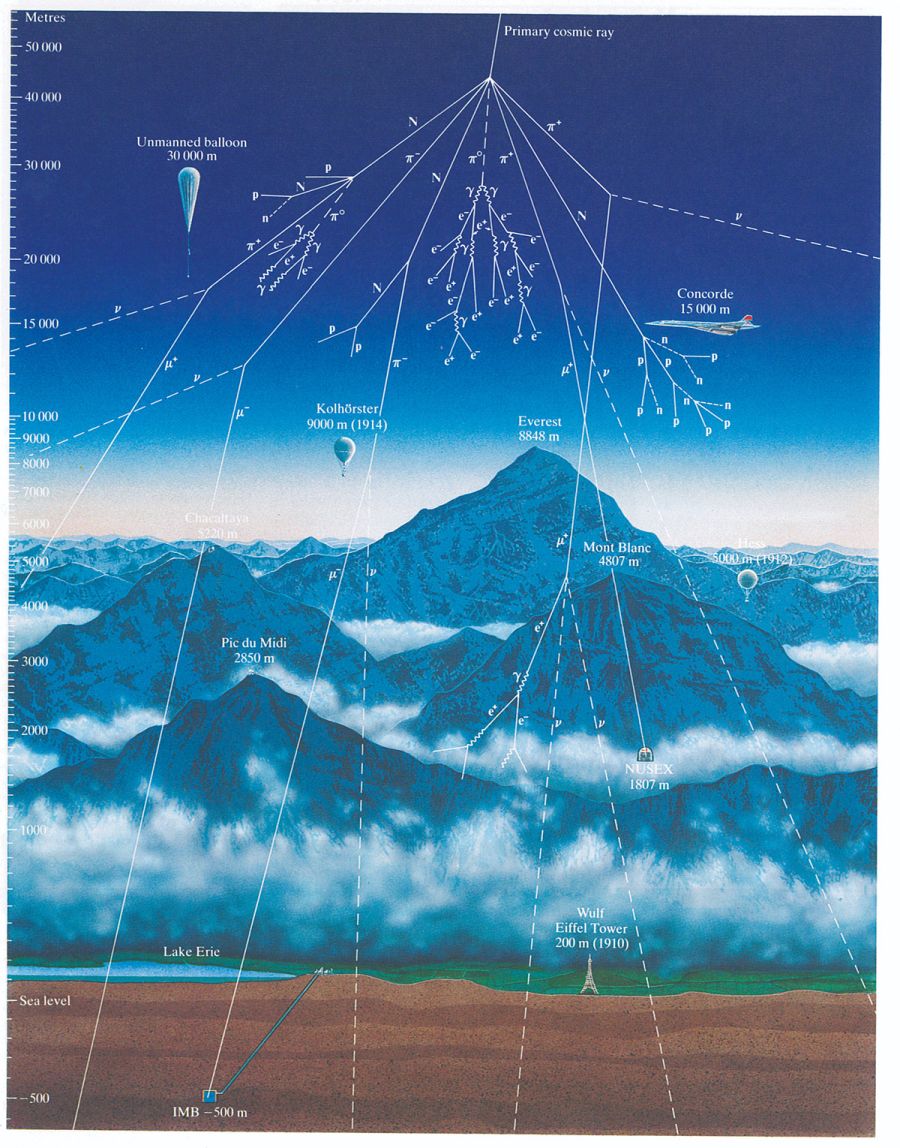 Scheme of the secondary particles generated in atmosphere by primary cosmic rays (Image credit: exploratorium.edu) |
|
NEUTRON DOSIMETRY
At Testa Grigia, the neutron dose rate is continuously monitored by a Thermo WENDI-2 neutron detector (rem counter), sensitive to neutrons of energy up to 5 GeV. WENDI-2 provides the dose in terms of Ambient dose equivalent, denoted as H*(10), measured in Sievert (Sv). 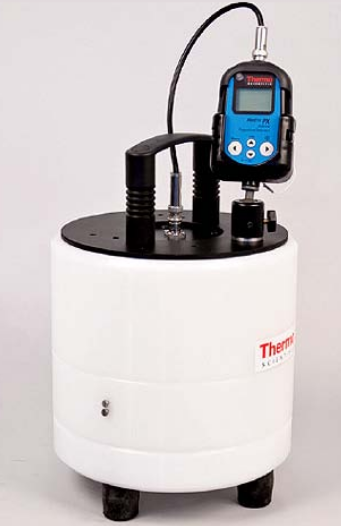 The neutron dose rate is locally modulated by the atmospheric pressure. When the pressure is high, cosmic ray particles are more absorbed by the atmosphere, then less neutrons reach the ground. A pressure increase of one hPa causes the neutron dose to decrease by about 0.7%, and vice versa. |
REAL TIME neutron dose rate - Last 10 days (each point = 2 hour average) 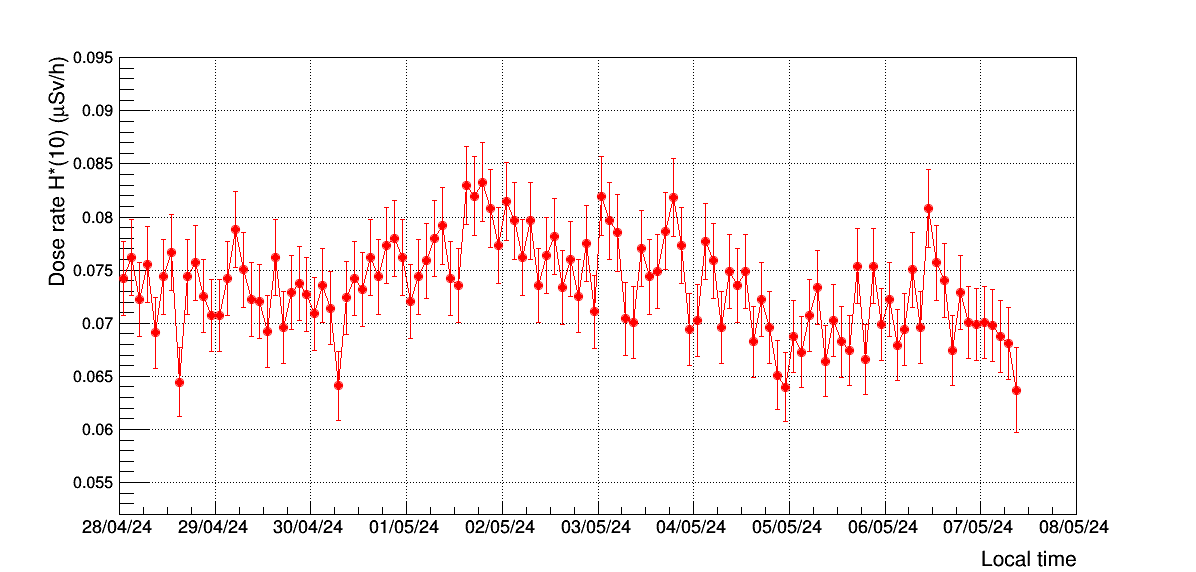
REAL TIME neutron dose rate percent variation - Last 30 days (each point = 12 hour average) 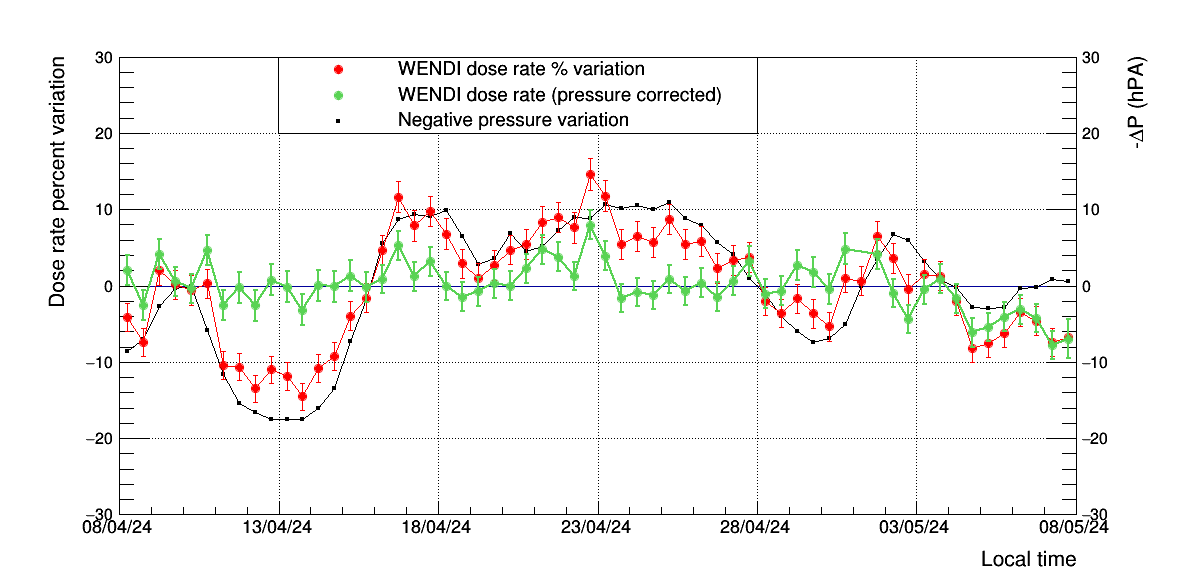
|
|
GAMMA-RAY DOSIMETRY
Beside cosmic rays, an other natural source of radiation is the radioactivity of the rocks and building materials containing radio nuclides. At Testa Grigia the gamma-ray dose rate is due to the contributions of both cosmic rays and local radioactivity. The gamma-ray dose rate is measured by an Atomtex BDKG-04 dosimeter, sensitive to X and gamma rays in the energy range 15 KeV - 3 MeV. 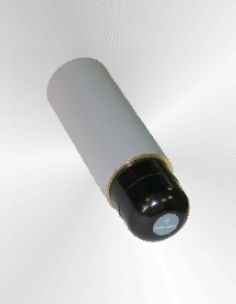 The gamma-ray dose due to cosmic rays is modulated by the amospheric pressure, while the radioactivity is constant in time. A pressure increase of one hPa causes the gamma-ray dose to decrease by about 0.4%, and vice versa. |
REAL TIME gamma-ray dose rate - Last 10 days (each point = 2 hour average) 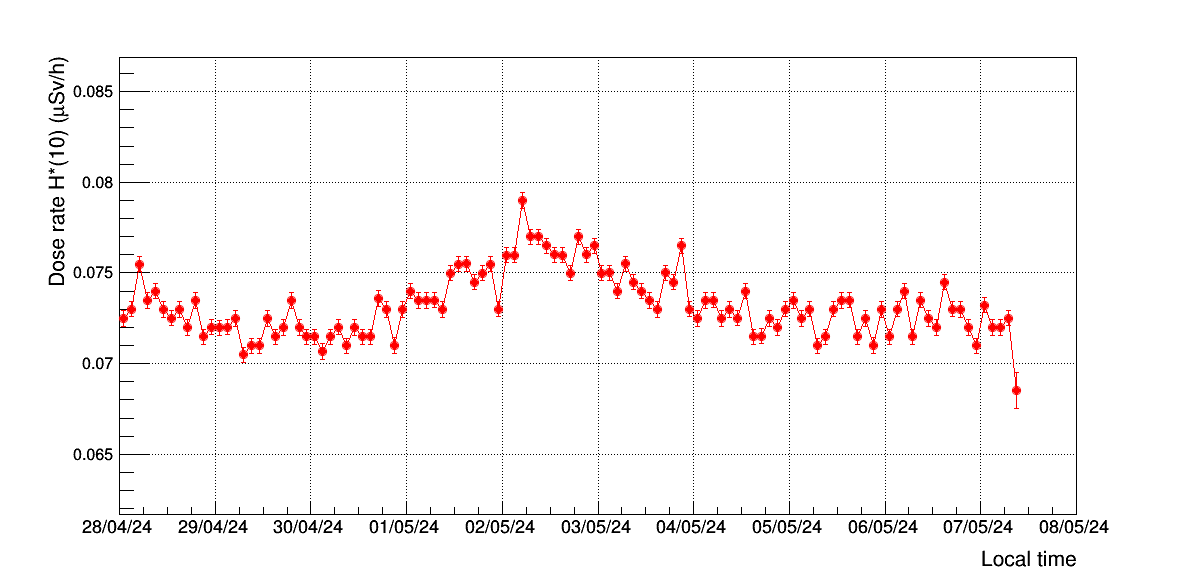
REAL TIME gamma-ray dose rate percent variation - Last 30 days (each point = 12 hour average) 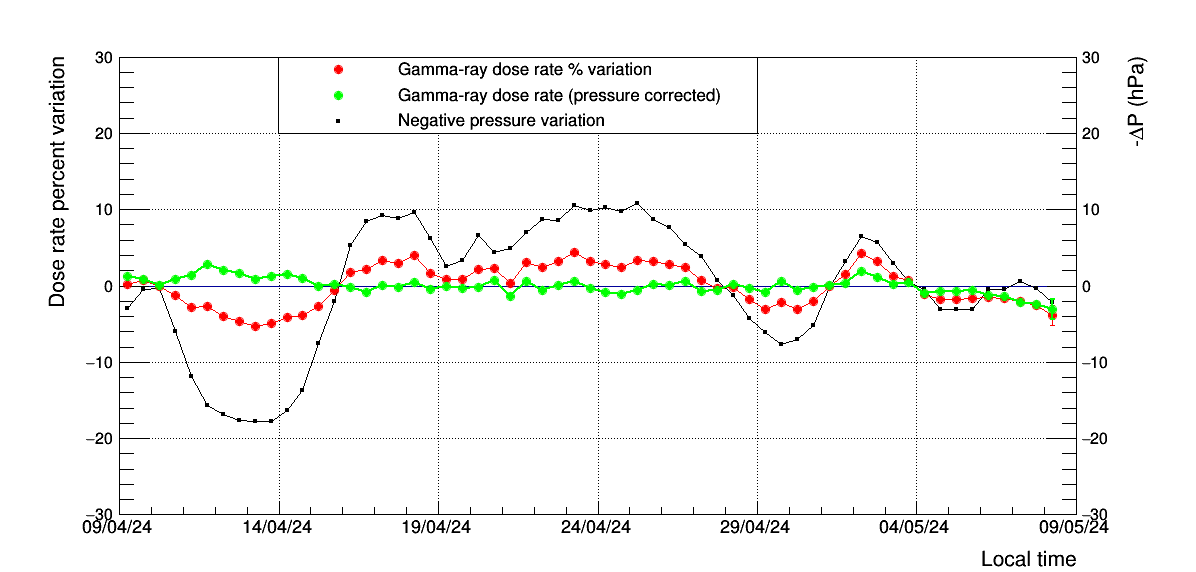
|
|
LINEAR ENERGY TRANSFER (LET) SPECTROMETRY |
The Liulin-MDU spectrometer measures the energy deposited in a Silicon diode
by ionizing radiation.
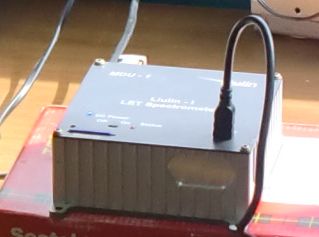 The figure below shows the distribution of the deposited energy up to 21 MeV, obtained integrating the data of the last 10 days (updated every 2 hours). 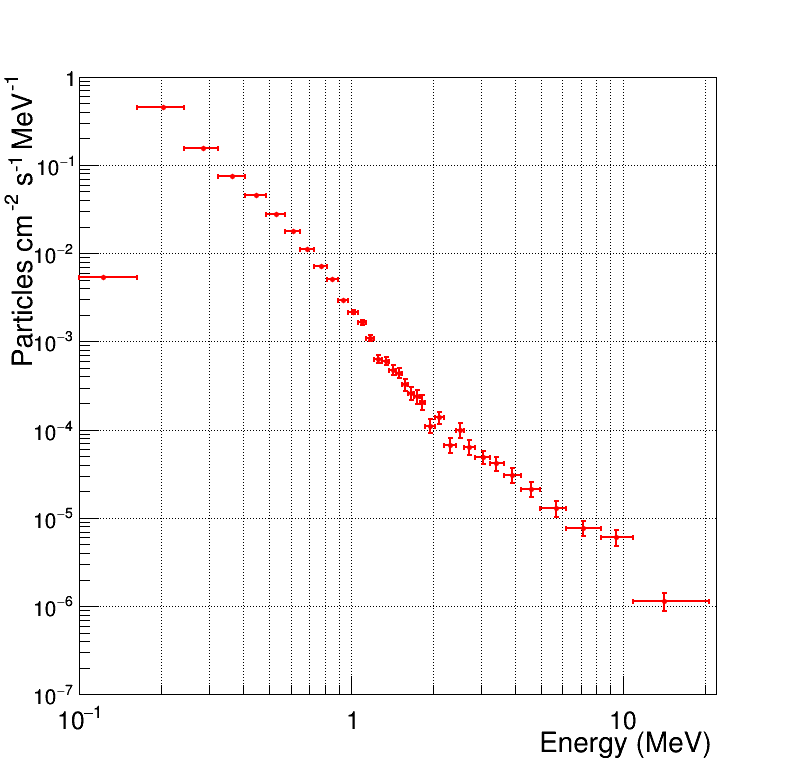
|
(each point = 2 hour average) 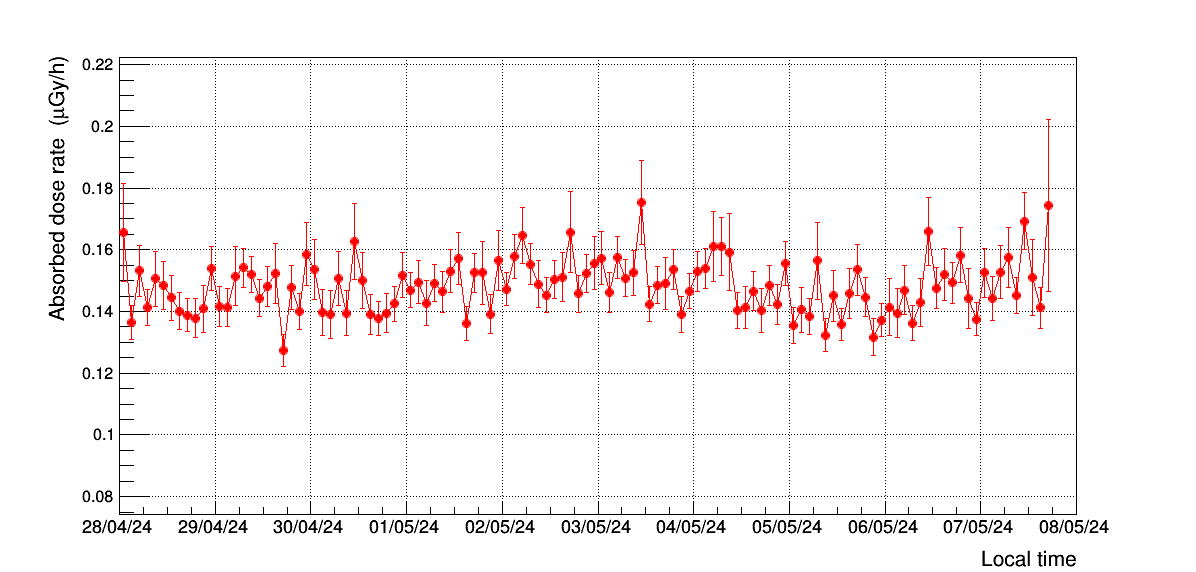 The absorbed dose in Silicon (i.e. the absorbed energy per mass unit, measured in Gray) is calculated by integrating the deposited energy spectrum. |
|
TESTING NEW INSTRUMENTS New dosimetric instruments are tested at Testa Grigia and/or at the Physics Department of the Torino University. |